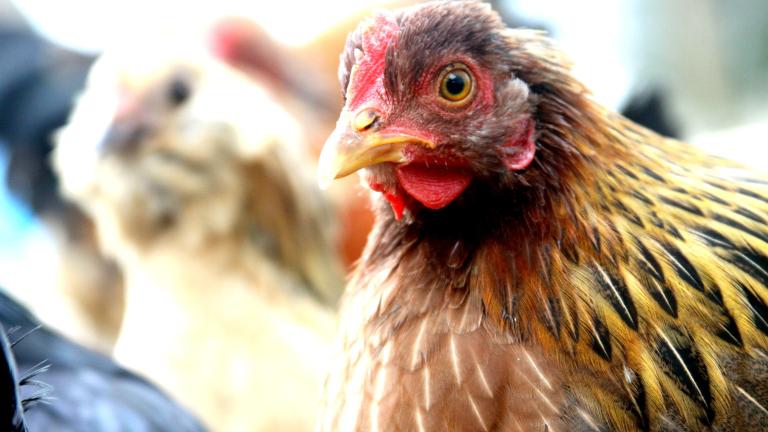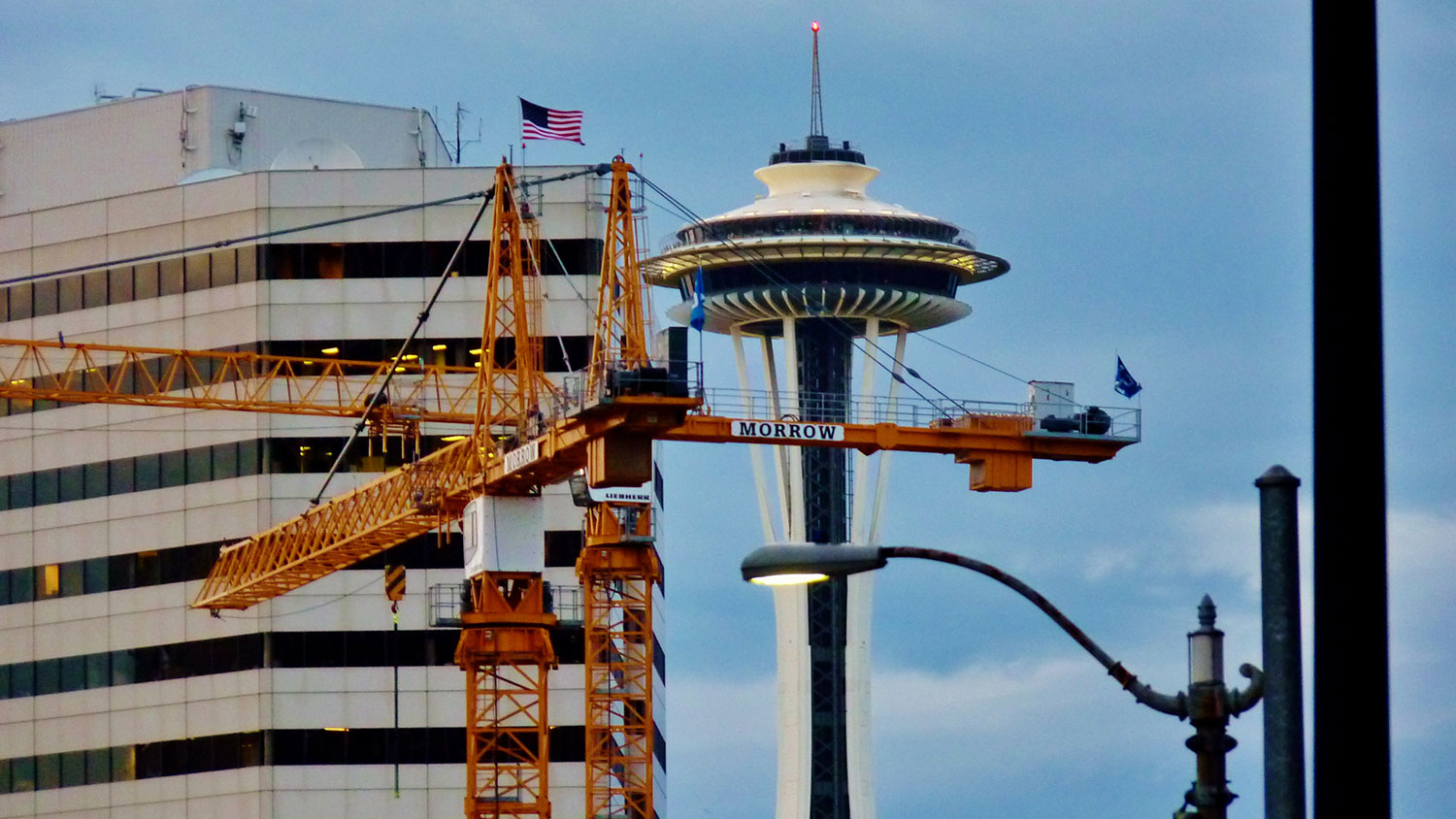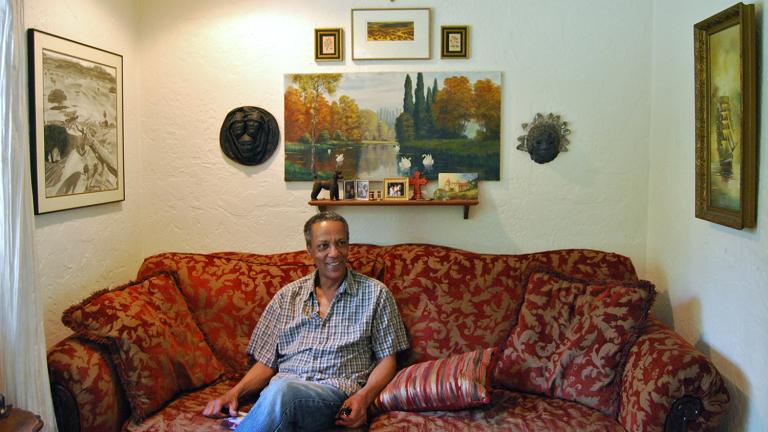In 1962, nearly 10 million people stampeded to the shores of Puget Sound for the Century 21 Exposition, aka the Seattle World’s Fair, an elaborate carnival designed to show the world that the United States was rocketing into the future, with Seattle firmly in the captain’s seat. To wow the visiting hordes, the city built the iconic, saucer-topped Space Needle and a monorail connecting it to downtown via a track elevated two stories above the streets.
Neither of those landmarks inspired many imitators. And in the decades that followed, not a whole lot of international note happened here in Grist’s hometown. There was that movie with Tom Hanks. And grunge. We had a pretty famous riot back in 1999. And our NFL team has had some glorious moments (and gut-wrenching whiffs) in recent years.
But the city remains an outpost. There’s a retro, neon-and-chrome patina to the place — much of it tinged green by the moss that grows on anything left to sit in the soggy Pacific Northwest.
[grist-related-series]
Things are changing, however. Local tech companies such as Amazon are expanding, while others are moving their operations into the city from the suburbs; firms based in Silicon Valley and abroad are setting up satellite offices; the University of Washington is expanding at a breakneck pace.
As a result, people are once again flocking to Seattle. From 2012 to 2013, it was the fastest growing city in the United States. Austin took that title in 2013 to 2014, but even without it, Seattle picked up 15,000 new residents that year — not a small crowd for a city of roughly 670,000 that is struggling to find space to house all the fresh faces.
Ride a bike around town on a regular basis and you can watch entire blocks transform in a matter of months from rundown, cedar-shingled houses to holes in the ground to gleaming high-rise apartment buildings. So many construction rigs jag across the skyline that residents wisecrack that the crane should be the city’s official bird.
And not a day goes by when the local media isn’t offering up paeans to the past, schooling newcomers on the city’s urban-meets-outdoorsy culture, or documenting some new sign of gentrification.
Last week, we read that the site of the Lusty Lady, one of the city’s venerable strip clubs, which closed in 2010, will soon become a boutique hotel targeting “creative class travelers.” (Even if you never ventured inside, you may remember the punny marquee.) The hotel will fit right in with the new neighbors, which include wine and sushi bars, chic, glass-walled condo towers, and a shop with an unpronounceable name where you’ll pay $170 for a canvas knapsack straight out of REI circa 1970.
The future, it seems, has finally arrived.
In theory, at least, this is a good thing. We write often at Grist about the benefits of dense, urban living. The more people we pack into city centers, the smaller our dependence on fossil fuels. And what better place to take on the challenge of building the City of the Future than the progressive, eco-minded Emerald City, where Priuses outnumber SUVs on the streets, community gardens dot most every neighborhood, and the city’s goal of becoming “carbon neutral” by 2050 is a point of local pride?
In reality, of course, change is a complicated and messy thing. With that in mind, the crew at Grist decided a few months back to use our hometown as something of a laboratory. We abandoned our work stations and set off in search of stories that would illustrate how Seattle is changing, for better or worse, and how the city and its residents are coping. It was a chance to get to know the place better, put our theories and prognostications to the test, and see what lessons Seattle holds for other cities.
Over the course of the next two and a half weeks, we’ll tell you about Seattle’s struggle to house the incoming masses, to retrofit a car-based transportation system to accommodate a fast-growing population, and to live up to its shiny, emerald image. We’ll also take a tour of Amazon’s new urban campus, dive into Seattle’s still gritty music scene, and meet some of the people who live in Seattle’s polluted “industrial district.”
Can Seattle become a global model of urban sustainability? In some ways, it already has. In others, it seems, tomorrow is still a long way off.



